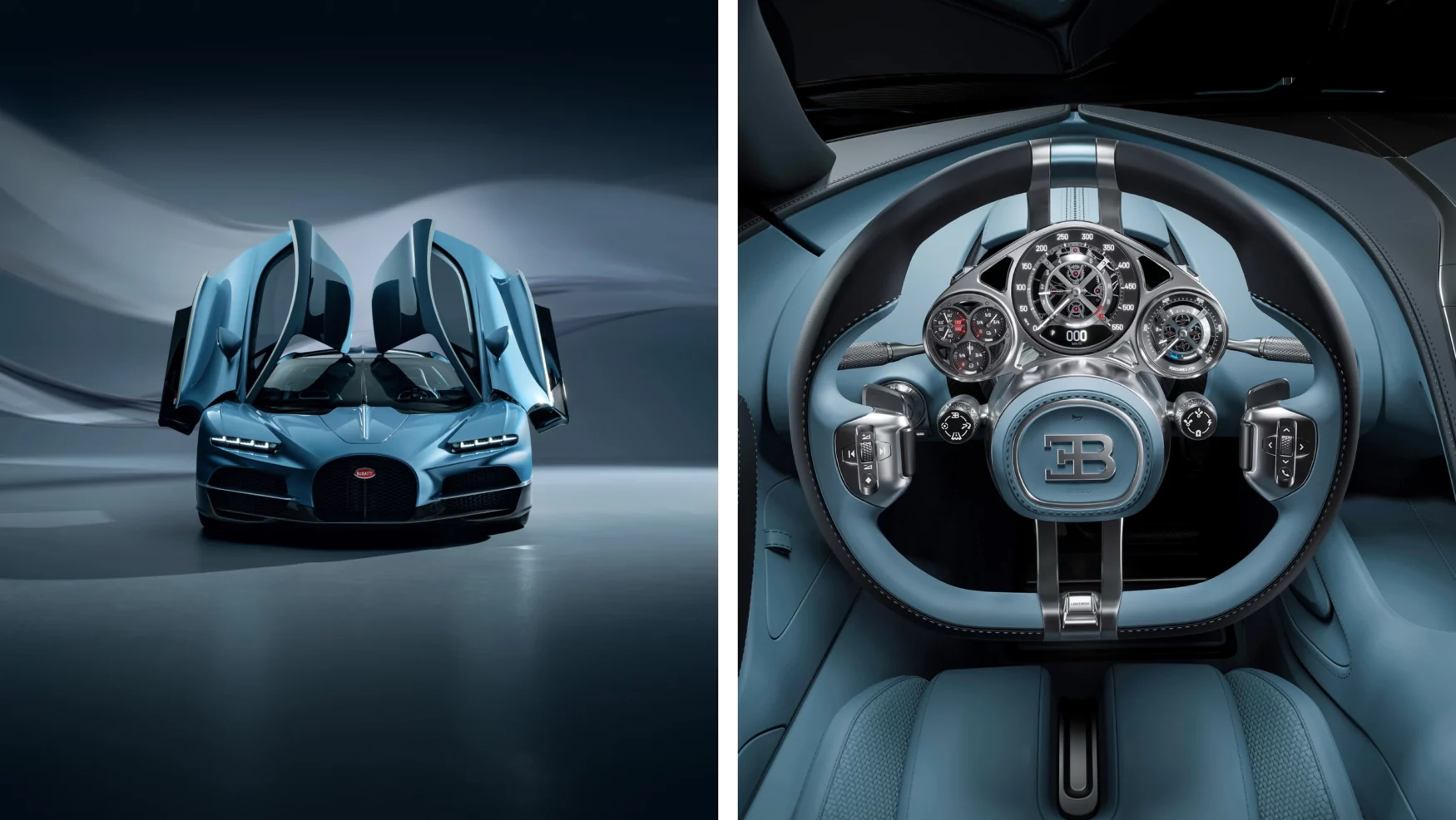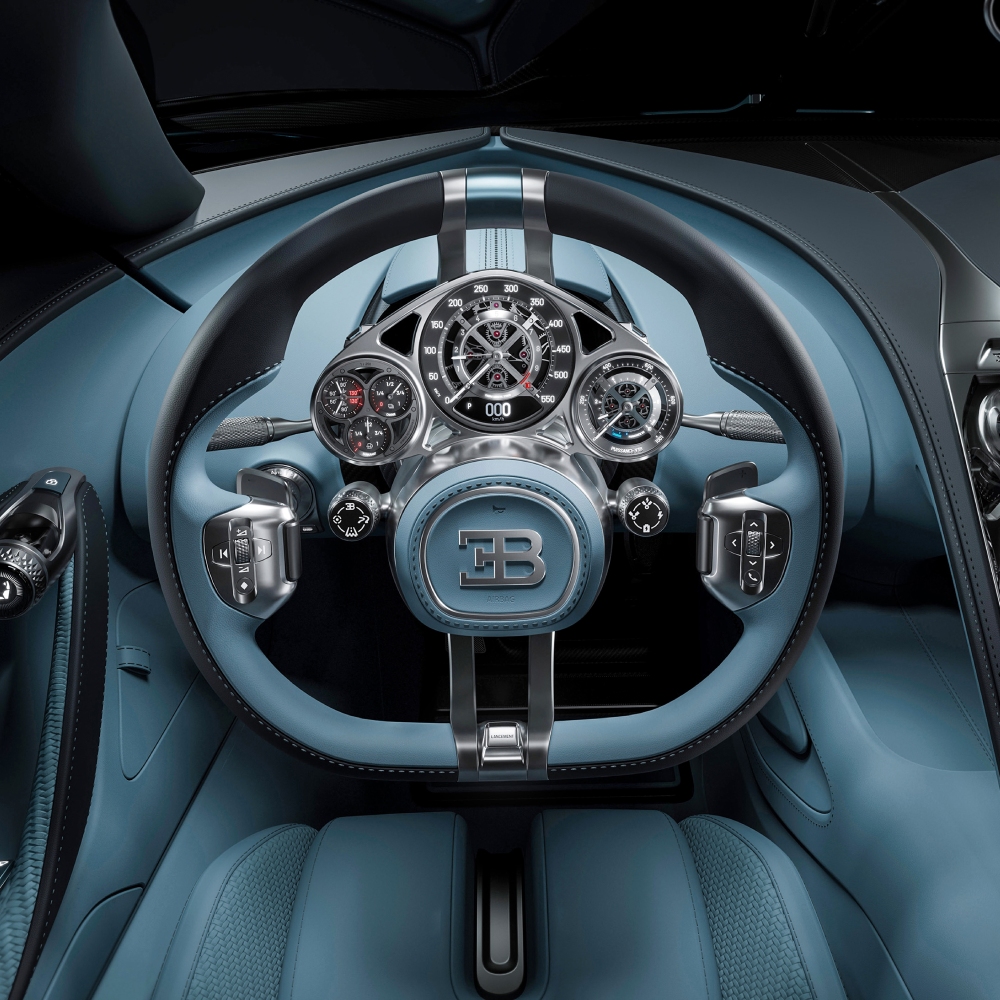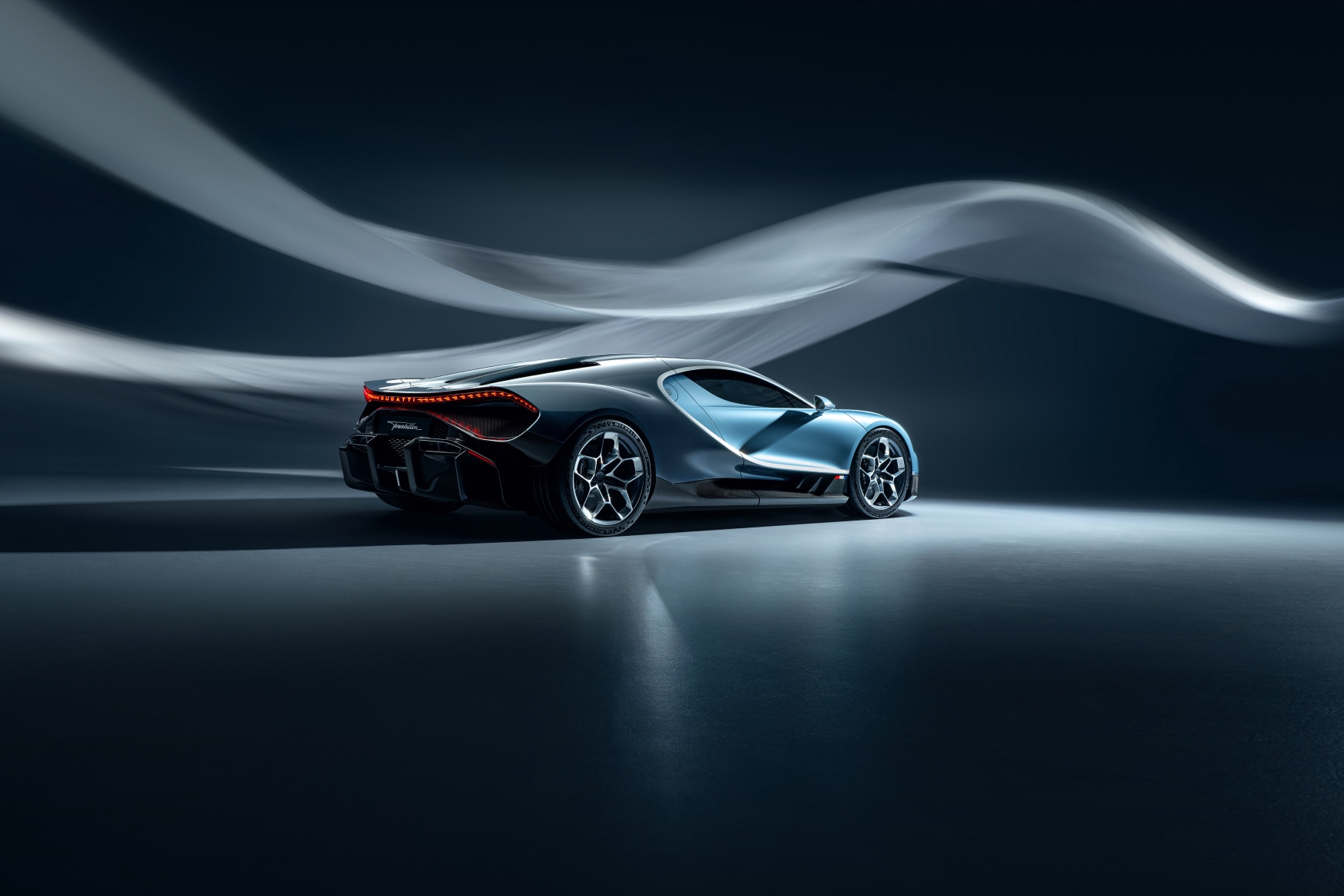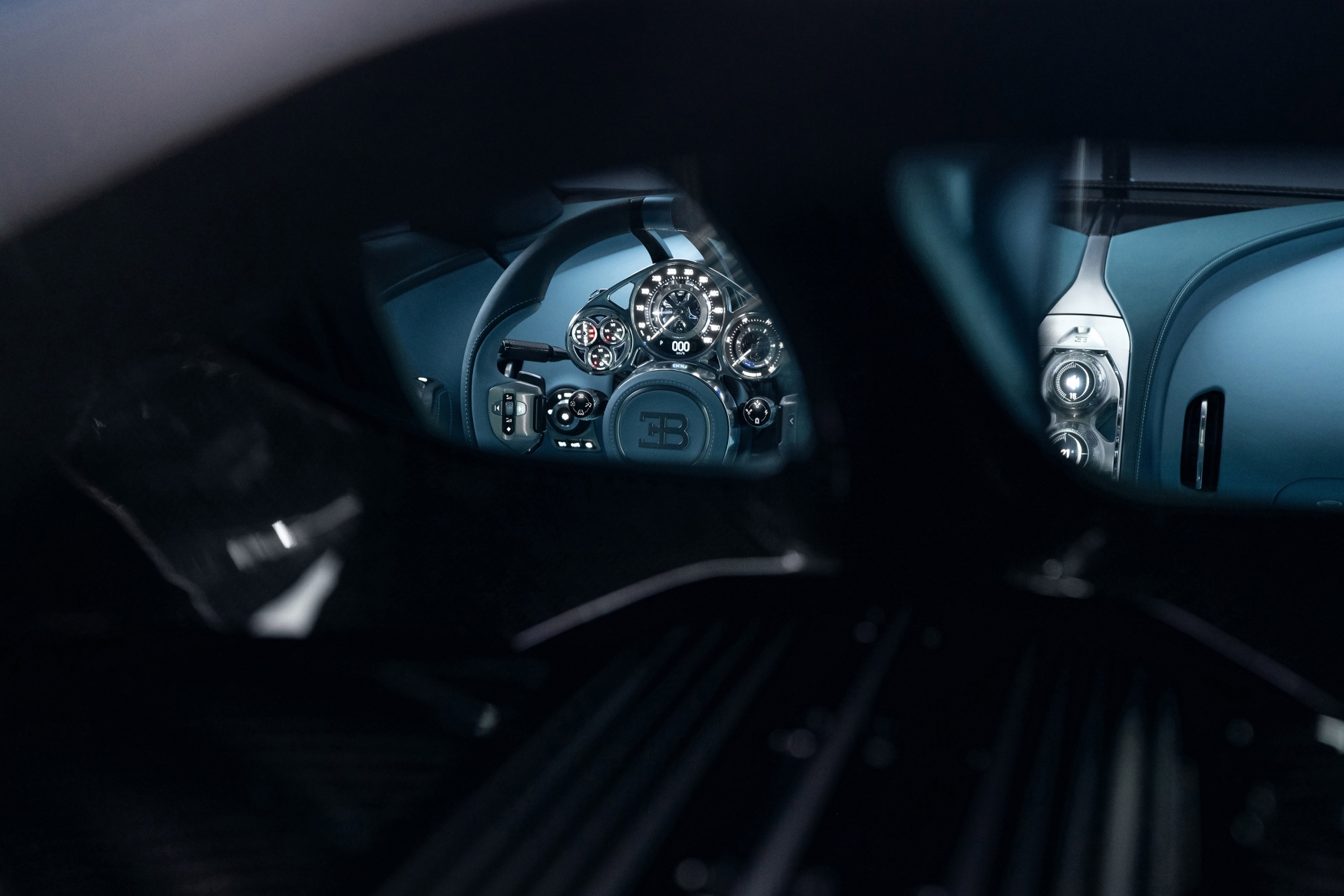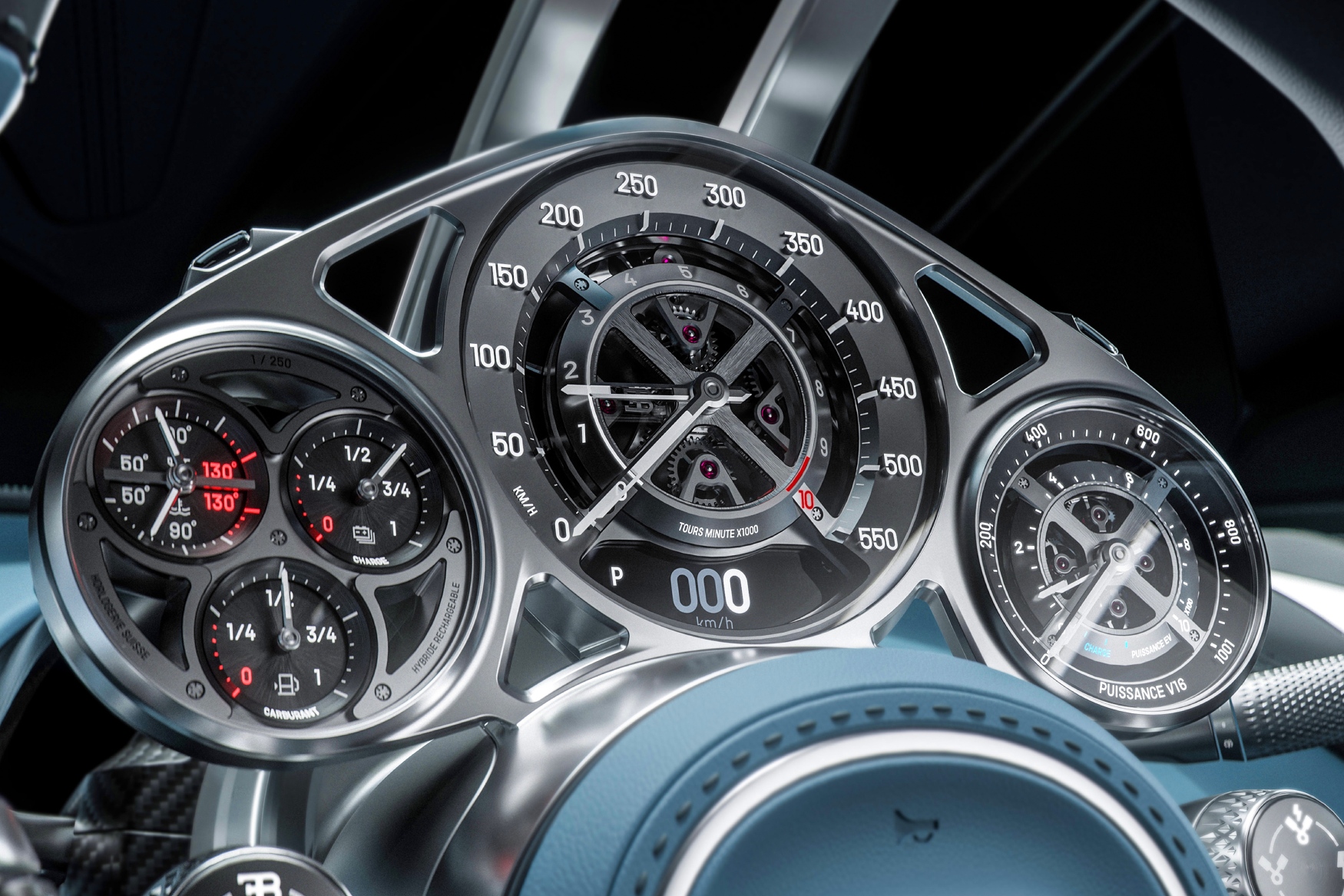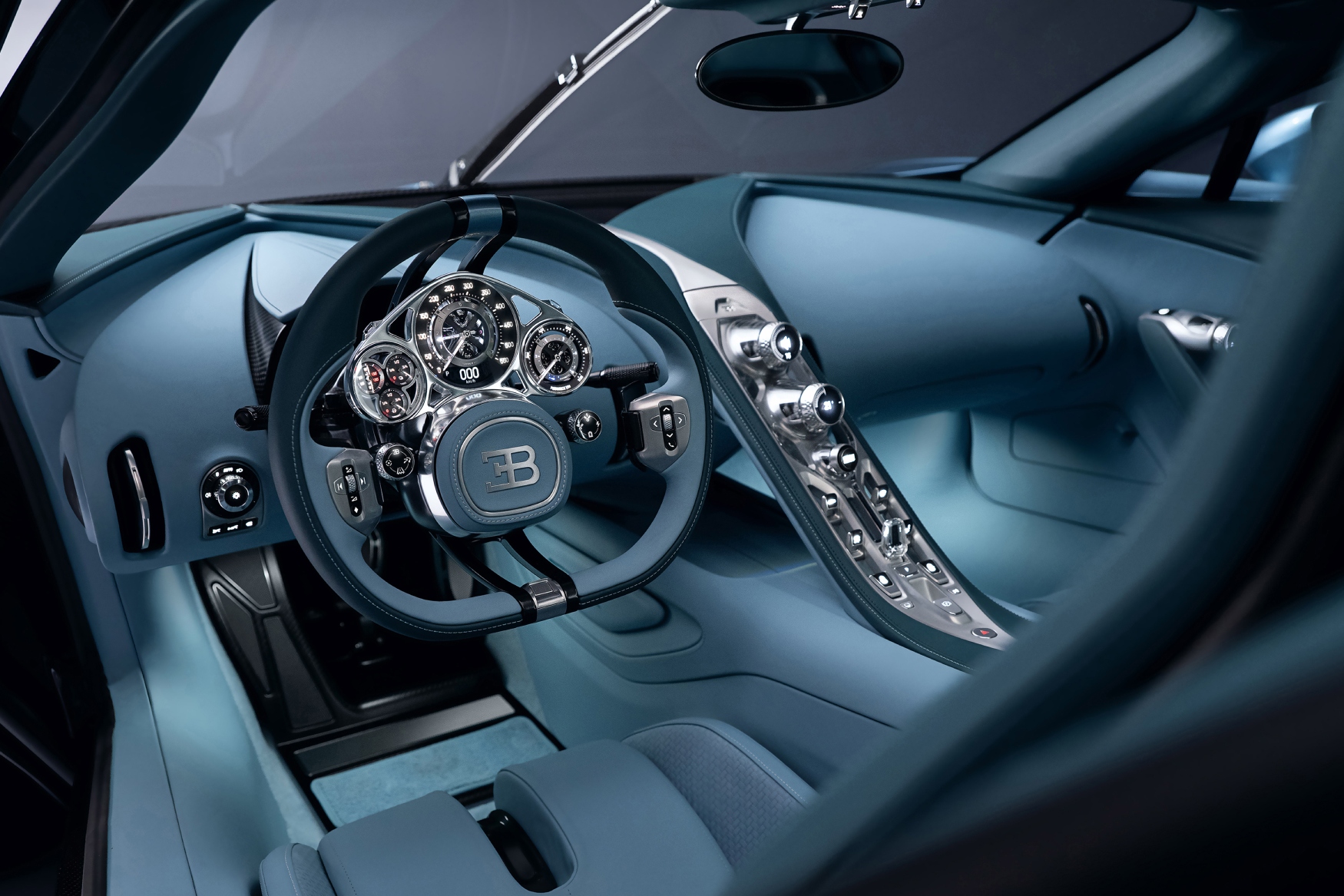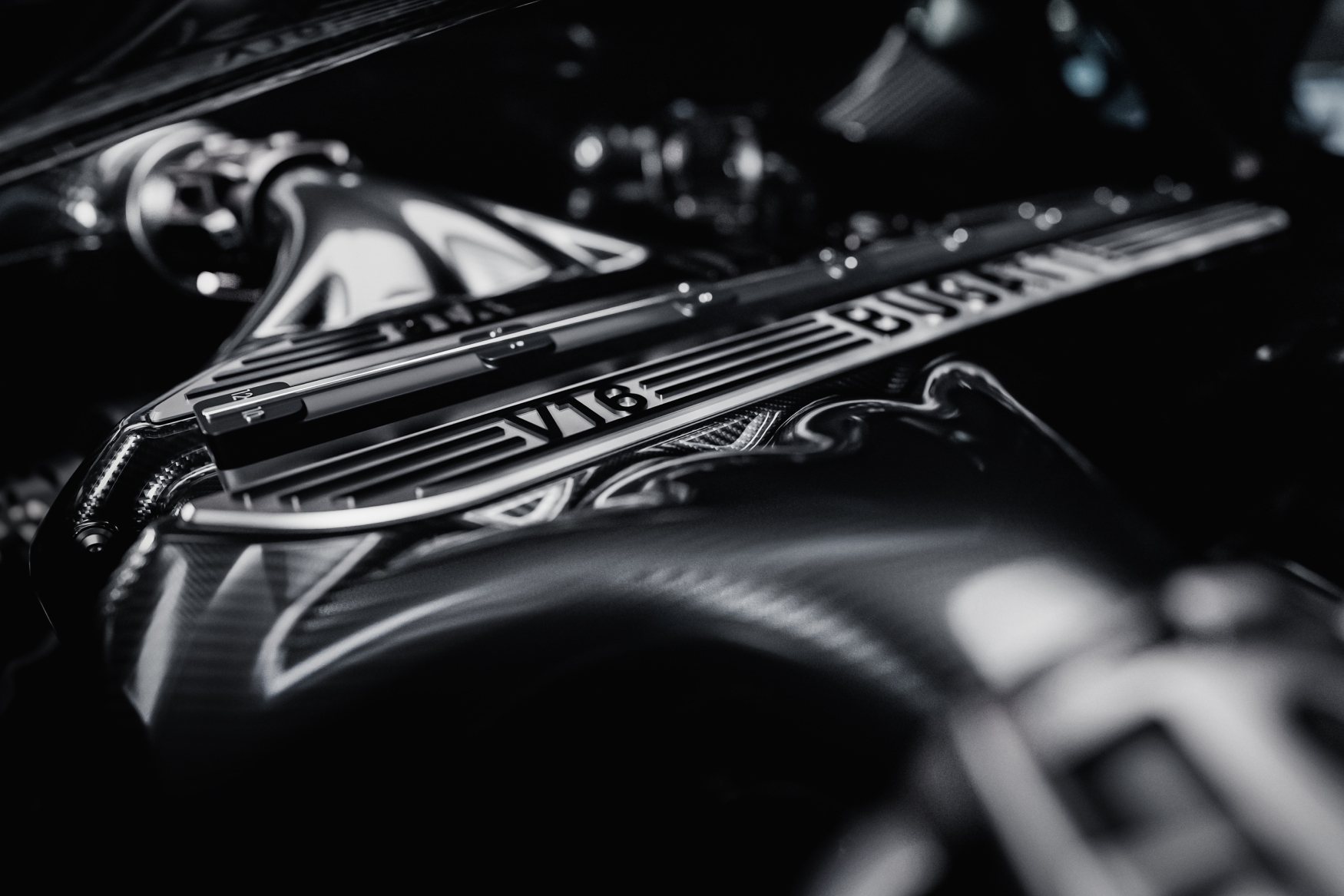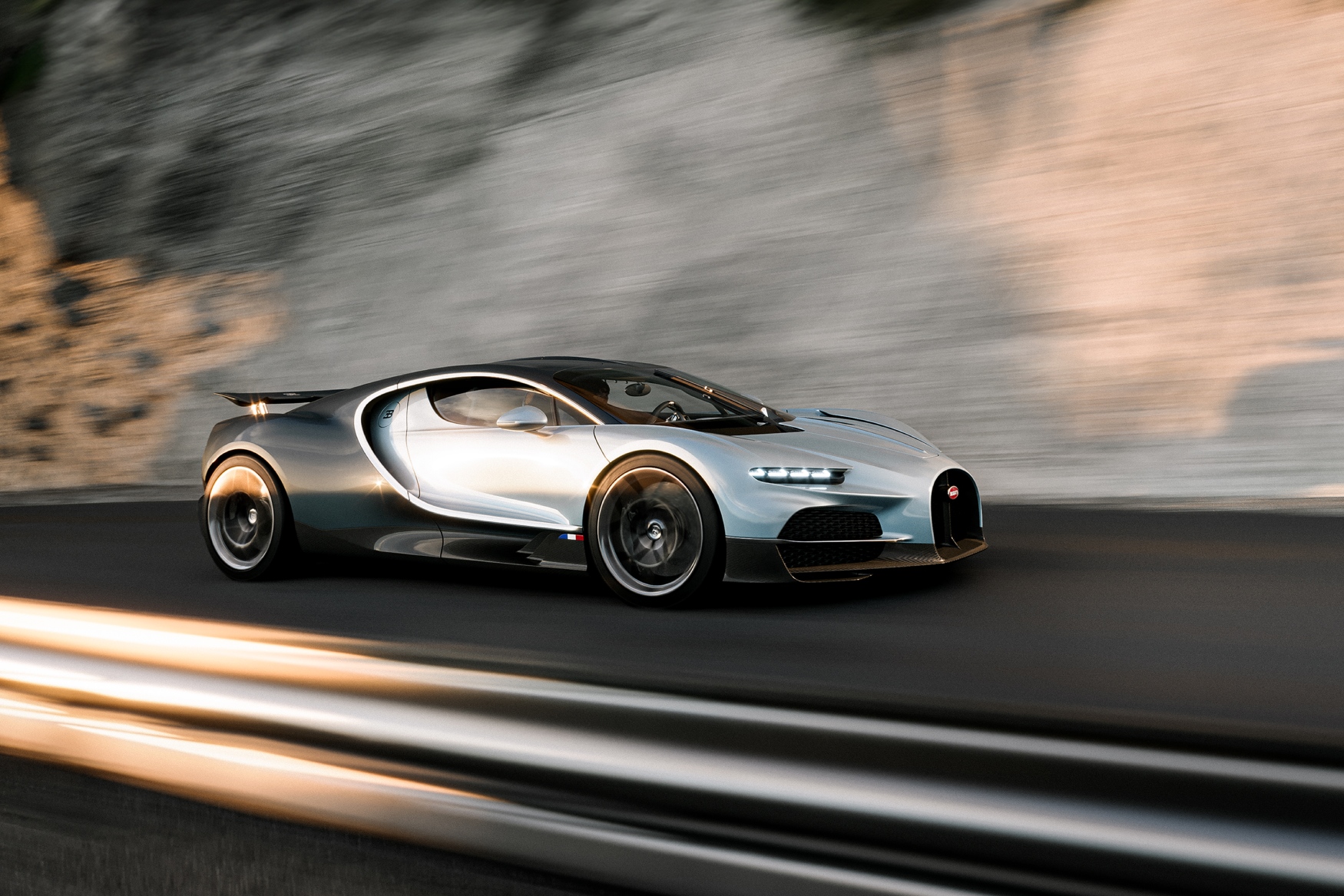Bugatti’s latest hypercar, the Tourbillon, might be the most watch-inspired vehicle ever made
Jamie WeissWhen renowned high-end car marque Bugatti first announced the end of production for their high-flying Chiron hypercar and started sharing teasers about their “new era”, one of the teaser videos they shared showed what looked very much like a watch’s mechanical geartrain and a ruby bearing. Initially, I (as well as many watch/car enthusiasts, no doubt) dismissed this teaser as simply alluding to another collaboration with Jacob & Co – perhaps a final limited-edition send-off Chiron variant with a watch to match.
View this post on Instagram
However, I’m pleasantly surprised to say that I was wrong. Very wrong. Earlier this week, Bugatti pulled the covers off the Chiron’s replacement, the Bugatti Tourbillon – yes, it’s actually called the Tourbillon – which is not only one of the best-looking cars ever made but also might be the most watch-inspired production car ever.
Of course, “tourbillon” is French for “whirlwind”, and Bugatti’s previous vehicle, the Mistral roadster, is named after the strong cold dry wind that blows through France – so there would be some plausible deniability there. However, newly-minted Bugatti CEO Mate Rimac has explicitly confirmed that the Tourbillon was indeed named for the watch complication, and explains that high-end timepieces inspire the design of the car.
“One of the inspirations behind this car was mechanical watches because they are beautiful, no matter where you look at them, even [in] the things you don’t see,” Rimac shared with Top Gear. He explains that “even if they don’t have a transparent cover on the rear” – you can forgive him for not saying caseback – “you know that if you take them apart, you will have beautiful pieces everywhere… We think that Bugatti is the ultimate car, so even the things you don’t see, you know we have done everything – we went the extra mile – to make it the best possible.”
This analogy of comparing a high-end car to a high-end watch’s movement is fascinating, and not something I’ve heard expressed by an automotive designer or executive in this way. However, the Bugatti Tourbillon’s connection to watchmaking is even more apparent when you look at its instrument cluster, which is totally unique compared to any other car.
Not only are the gauges mounted to the wheel hub as opposed to the dashboard – a funky design choice that other French marques like Citroën have experimented with – but the gauges are completely analogue, “crafted by Swiss watchmakers and finished with the same care and attention you find in the world’s greatest timepieces,” according to Bugatti’s press release. Specifically, Bugatti has confirmed to Time+Tide that they’ve worked with Concepto – the well-regarded watch movement design and manufacturing company providing movements for Jacob & Co – for the Tourbillon’s gauge cluster.
View this post on Instagram
Specifically, the instrument cluster is crafted from titanium and sapphire crystal, with each gauge featuring a skeletonised construction that reveals mechanical gear trains and synthetic ruby bearings. The central gauge also incorporates a digital display at 3 o’clock showing speed.
They don’t just look like watches, either: they function like watches. For instance, the central gauge is both a speedometer and a gear indicator, with a larger ‘minute hand’ denoting speed and a shorter ‘hour hand’ pointing to the current gear. As the car up or down-shifts, that shorter hand rapidly resets, like a flyback chronograph. The right-hand gauge functions in a similar way, displaying the car’s battery status and horsepower, while the left-hand gauge features three sub-dials, also like a chronograph.
This is seriously impressive. In an era where most auto makers are moving towards wholly digital instruments and displays – with many marques like BMW, Tesla and Volvo just to name a few integrating both instruments and infotainment systems into one unbroken screen – Bugatti is putting mechanical gear trains into their instrument clusters. Oh, and I haven’t even touched on some of the other jaw-dropping features of the Bugatti Tourbillon… Like the fact it makes 1,800 hp and 900 Nm of torque from an 8.3L naturally aspirated V16 plus three electric motors (yeah, it’s a hybrid); it boasts a 0-100km/h time of 2 seconds and a top speed of 445km/h.
But let’s bring it back to the gauges. The tagline Bugatti emphasises with the Tourbillon is “Pour l’éternité – for eternity.” The watch-like design of its instruments is a key part of that. “This sense of mechanical timelessness was a core part of the Bugatti Tourbillon journey,” the brand explains. “For a car that will be displayed on the concours lawns of this and the next centuries, technology can easily date – especially large digital screens – so it’s important that it uses as many timeless components as possible.”
I think that’s utterly genius. I’m also excited to see the worlds of watches and high-end cars collide like this – we’ve seen extremely high-end timepieces used as dash clocks before, but never a high-end timepiece as the dash. I’ve only got one cynical thought: I wonder what the servicing regime will be on those instruments. Will you need a watchmaker as well as a mechanic to service your Bugatti? How much will that cost? In truth, the average Tourbillon customer is not that concerned: as a limited edition of 250 pieces with a sticker price of €3.8 million (~$A6.1 million), if you can afford a Bugatti Tourbillon, you’re probably not that worried about the servicing costs…




